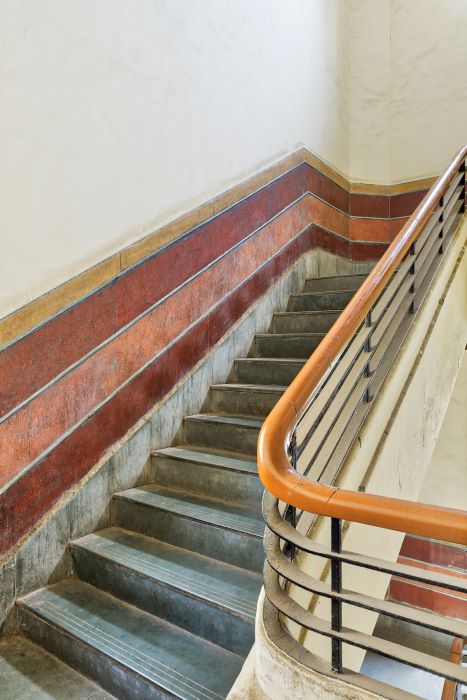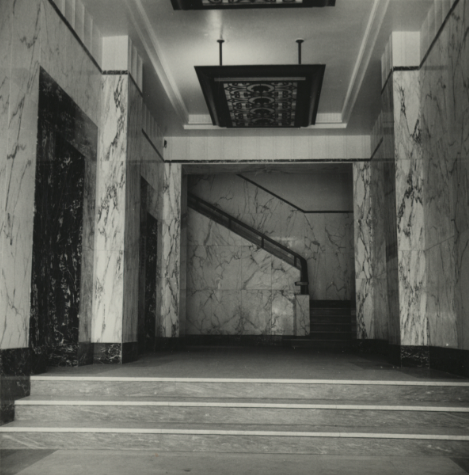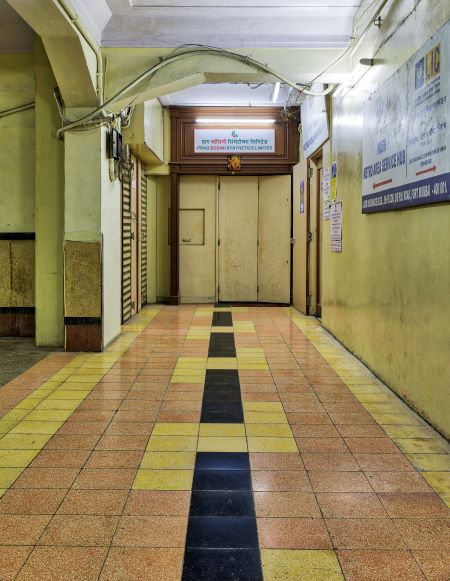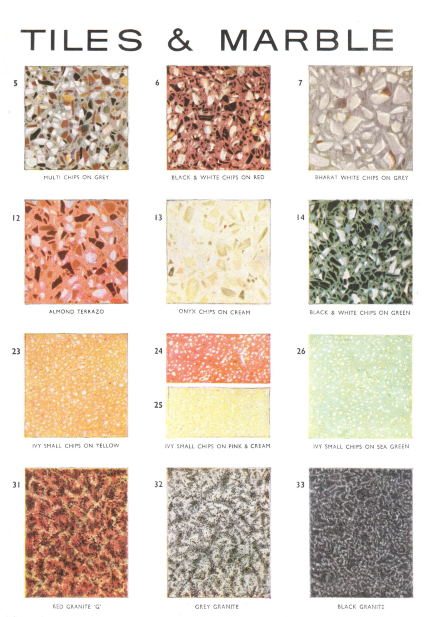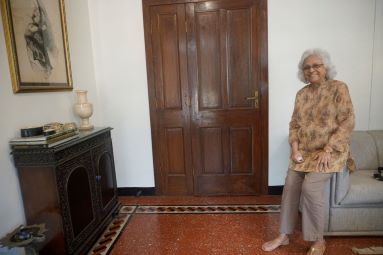100 Years
100 Stories

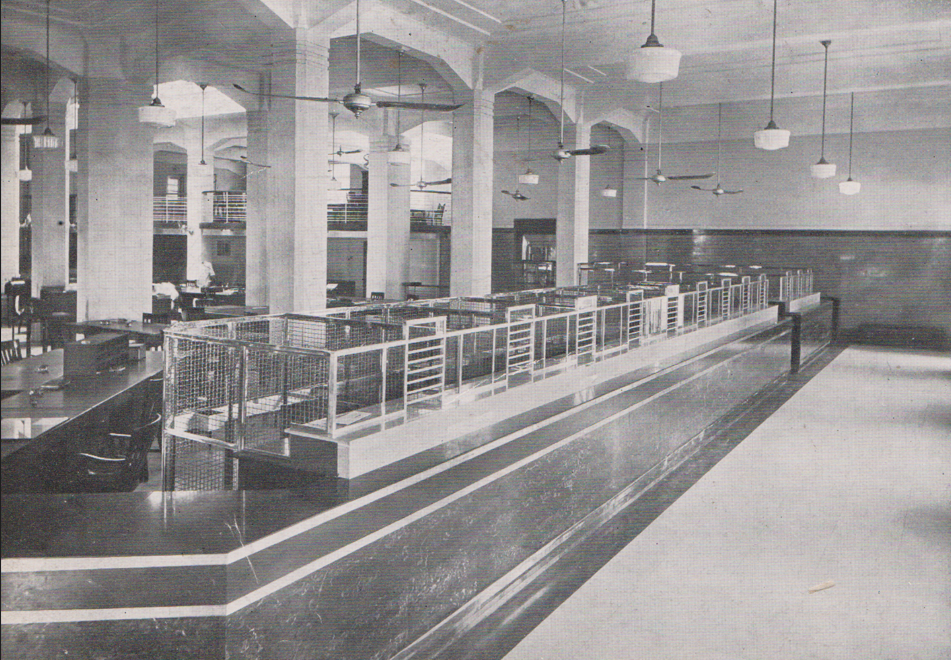
On the 64th foundation day of the Bombay Mutual Life Assurance Society in 1935, the oldest Insurance Institution in India fittingly celebrated the day by opening a magnificent new home - “a most striking and attractive” structure on the corner of Pherozesha Mehta and Hornby Road in Bombay’s busy commercial district. Chief Architects Master, Sathe and Bhuta designed the building in “moderne style” - later to be known as the Art Deco style. The crowning feature was the deep chajja enriched with ornamental bands finished in different tints of coloured cement and a 110 ft tower containing a circular gallery commanding a panoramic view of the city. The Bombay Life Assurance building was built to impress.
The early twentieth century saw a flurry of Indian banks and insurance companies being set up in the country owned entirely by Parsi, Hindu or Muslim businessmen. These came as counters to the monopoly that had been exercised by British companies until then. However, these home-grown financial institutions had not been extensive builders and it was late in the development of this sector that some of the most prosperous companies undertook the building of impressive headquarters. The 1930s appear to be the right time for such undertakings. Riding on the wave of Swadeshi, these financial institutions were stable and through stately, imposing head offices sent a loud and clear message that Indian capital was increasing daily and was here to stay.
As a set, these new buildings - also referred to as ‘Insurance Deco’ - stood in contrast to the older commercial structures in Bombay’s historic Fort area - the hallowed financial district. These buildings were contemporary on the outside and on the inside. Gone were the distempered walls, dull floors and polished teak paneling. Instead, these new offices were planned to be bright and attractive as well as efficient.
A quick glance at Bharat’s own records reveal that the flooring company, set up in 1922, supplied plain tiles, marble and marble mosaic tiles to more than a handful of financial institutions in the 1930 - 1950s. Typically, entrance foyers, floors, walls, columns, staircases and passages in these structures were neatly finished with Bharat’s wide range of products.
At the Bombay Mutual Life Assurance, the society's new home was regarded as one of the few commercial buildings built with consideration towards interior design. It was designed with the thought that people spend large parts of their day in the office and that the space should thus be designed to make the experience a comfortable one. All the marble and tile work for this grand building, almost 1,00,000 sq.ft. was supplied by Bharat Tiles & Marble. A contemporary critique notes, “To see its interiors is indeed a revelation of how attractive offices can be, and of the beauty lent by many different kinds of marble and by coloured tiles.”
Judicious design and the use of choice materials made these structures an attractive example of modern commercial construction. A remarkable feature of these buildings was the pleasing use of colour schemes executed in fine marble. The National City Bank of New York, later CitiBank, for instance, had floors of milky white Swiss marble, which gloriously contrasted with jet black counters veined with gold. This white marble was impervious to variations in temperature. Being mined in one of the coldest regions of the world, extreme temperatures were no challenge to this marble. In the Industrial and Prudential Insurance Building in Bombay, on the other hand, a combination of light green Cippolino marble and a darker green one was seen in the public area.
Besides, Bharat was also known for its terracotta and pink hued marbles. But, what was truly unusual, was a beautiful wood-like marble made from Onice marble brought in from Morocco and polished at the Bharat Factory. Pillars made of this marble at the entrance of the Bombay Mutual building “deceived many a person into believing that they were actually made of wood!” Similarly, Kalakatta marble laid out in a circle design with radial joints in the Industrial and Prudential Insurance building “was an artwork in itself”.
A closer look into the work done by Bharat in these financial institutions reveals yet another fascinating trend. In general, it is seen that public spaces within these buildings such as entrance foyers and banking halls were paved with marble, presumably to appear monumental. The upper floors – comprising private chambers and departmental offices, on the other hand, were brightened up by a mix of colourful plain cement tiles and marble mosaic, or terrazzo, suitably set off with a dark border. In the People’s Insurance Building, known today as the Onlooker’s Building, offices were treated with plain red tiles and a black border with a smattering of - delightfully named - Crazy Cream terrazzo in the rest of the building. The floors of Warden House were adorned with a marble mosaic of Verona chips on yellow, bordered with plain tiles in Roxy Green. The Mercantile Bank building was paved with Bharat’s marble to complement its pink and white marble facade.
The design schemes laid out by Bharat Tiles in these buildings represented an ideal merger of an emerging Indian business class with Western standards of beauty and design. The colors portrayed an optimistic, confident outlook for Indian commerce and underscored the promise of security within these new institutional buildings. A sense of timelessness and continuity is implied in the use of marble which was resurgent in interior design in new avatars, colors representing elegance and modernity. The visitor to such buildings would be impressed by the aura of quiet dignity. The unique blend of the material and bright stylish contemporary designs conveyed an assurance that the institution would deliver on its promise of safety and profit.
You may also like
-
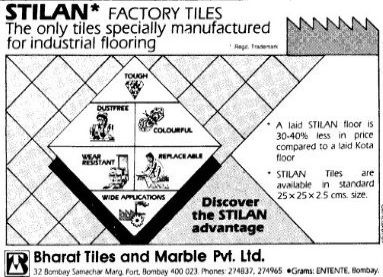 25Floors on which Industry thrivedBharat’s stilan tiles would firmly plant them on the map of India’s burgeoning industrial landscape in the 1970s and 1980s. The business for Bharat’s mosaic tiles declined, contrasting with a rise in demand for vitrified ceramic tiles.Read More
25Floors on which Industry thrivedBharat’s stilan tiles would firmly plant them on the map of India’s burgeoning industrial landscape in the 1970s and 1980s. The business for Bharat’s mosaic tiles declined, contrasting with a rise in demand for vitrified ceramic tiles.Read More -
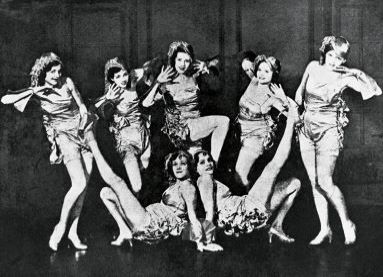 26The Ritz Hotel“Where else, but the Ritz?”, exclaimed Sudhanshu aloud, all the while quietly thinking about the two cheetahs and their owner, the cabaret dancer, in The Ritz.Read More
26The Ritz Hotel“Where else, but the Ritz?”, exclaimed Sudhanshu aloud, all the while quietly thinking about the two cheetahs and their owner, the cabaret dancer, in The Ritz.Read More -
27My Home Series: Nayana Kathpalia: Coming Back HomeA space for to grow, to take on the world but also a place to retreat and rest your weary soul - Nayana Kathpalia’s home in Swastik Court, Oval Maidan provides one example.Read More

